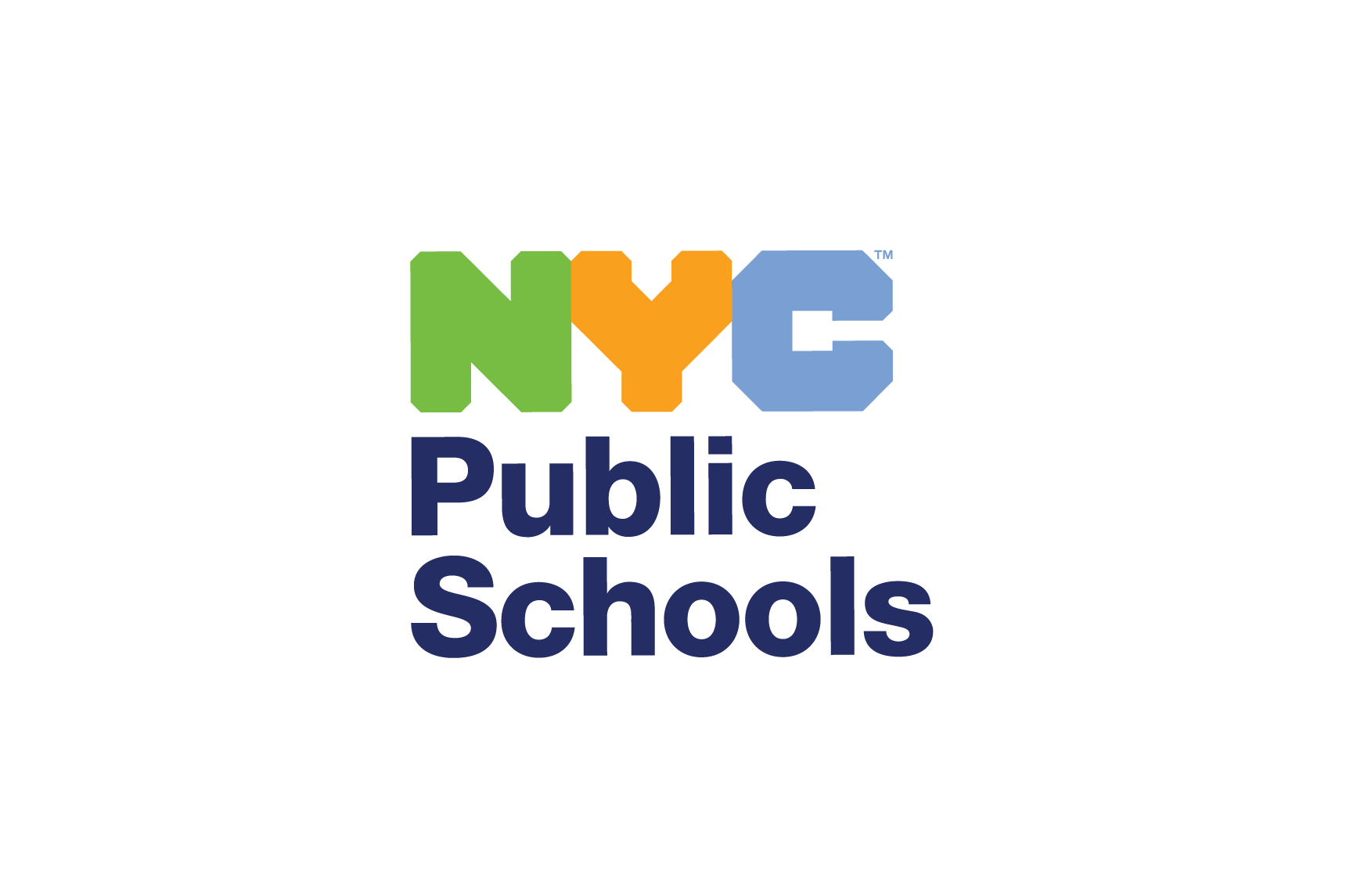Chancellor Carranza And President Grillo Announce Expanded Inspections And Remediation Of Common Spaces In Schools
Cafeterias and libraries have been stabilized and will be remediated by the end of the school year
NEW YORK – Schools Chancellor Richard A. Carranza and School Construction Authority President Lorraine Grillo today announced that cafeterias and libraries in buildings serving kids under six are stabilized and safe for young children, and remediation will be complete by the end of the school year. As part of the DOE’s enhanced protocols, inspections will now include gymnasiums, auditoriums, and bathrooms. Inspections, stabilization, and remediation of these additional spaces will begin next month.
“Our schools are safe, and we’re taking the next steps in our commitment to enhancing our protocols to address lead paint,” said Schools Chancellor Richard A. Carranza. “We’ll continue to work closely with the School Construction Authority to ensure any necessary work is done swiftly and safely, as we begin inspections of bathrooms, gymnasiums, and auditoriums.”
“The collaborative effort between the SCA and DOE is the perfect example of how City agencies can work together to find solutions to provide a safe and comfortable learning environment in our schools,” said Lorraine Grillo, President and Chief Executive Officer of the New York City School Construction Authority. “Our goal is to achieve the highest standards for safety. Our children deserve nothing less.”
In total, independent contractors retained by SCA conducted visual inspections in all 880 buildings serving kids under six that were built before 1985, and stabilized 326 cafeterias and 171 libraries. Remediation began last month and will be completed by the end of the school year. Stabilization is the process by which deteriorating paint is removed, sealed and repainted. It is a process approved by the EPA and NYC Health Department that keep these spaces safe for young children, as the impacted area of the wall is covered and inaccessible. Remediation is successful when dust wipe samples confirm the longer term safety of the room.
While the focus has been on classrooms where students under six spend the most time, the DOE is expanding its inspections to include gymnasiums, auditoriums, and bathrooms in these buildings. Although lead-based paint was banned in New York City in 1960, we take additional precautions and include in our monitoring any building constructed 25 years after that ban. Children under three years old are the most susceptible and vulnerable to the health effects of lead, and children under age six are at higher risk than older children. Custodians continue to conduct regular visual inspections in their buildings, and spaces are immediately reported for testing if deteriorated paint is found.
This response protocol keeps kids safe, and over the course of the year the DOE has increased oversight and transparency of this work. A centralized database is available online, and staff or parents can report any deteriorated paint via an online tool. Formal logging of visual inspections in all applicable spaces will occur three times per year, and the next round will be completed over winter break.
These efforts are in addition to the abatement work the SCA completes in spaces that undergo a capital project renovations.
###
Contact: Chancellor’s Press Office (212) 374-5141

